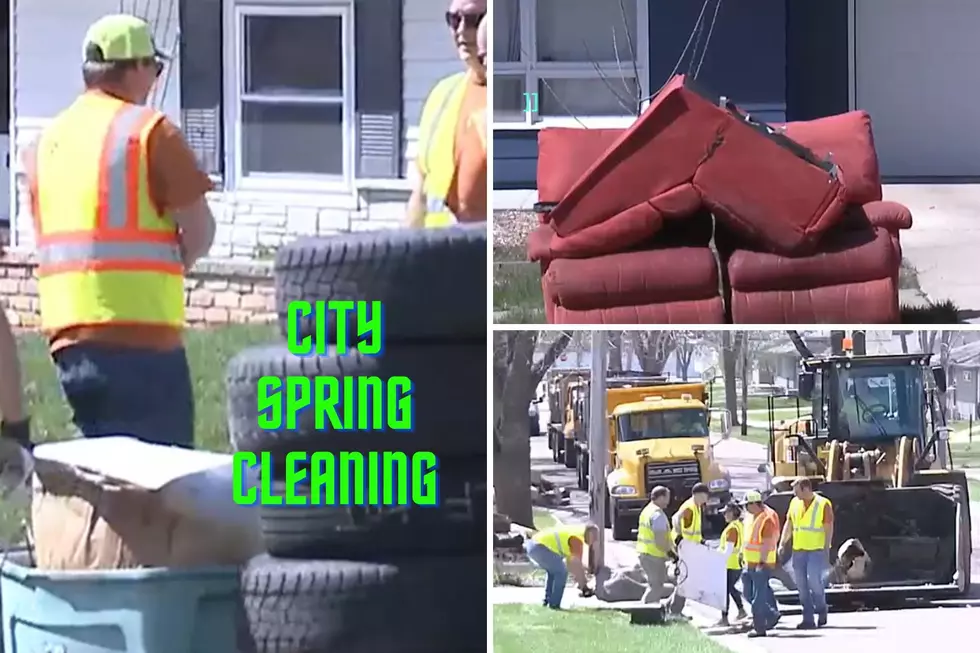
The Best Ways to Spin Employment Gaps in Your Resume
People who’ve been out of the workforce for more than six months tend to have a more difficult time getting hired. If you’re in the midst of a lengthy job search, this information probably makes you worry as you submit your résumé. But you don’t have to let it.
There are ways to put a better spin on an employment gap on your résumé so you have a chance to get an interview and explain it better in person. Even if you haven't held a full-time position in years, you can create a complete and factual résumé and still put yourself in a position to get called for an interview. Here are some things you should do:
Be Less Specific
You can cover small gaps in employment by using years instead of months to organize your employment history. If your job gap is as much as a year long, listing your previous positions with just the years you worked rather than the months can cover that gap. You might have to get more specific about your work history in an interview, but eliminating the telltale months in your list will go a long way toward getting that interview when you have a better opportunity to put a positive spin on your employment history.
Change the Format
Another handy way to make an employment gap invisible is by changing the format of your résumé. If you use a functional résumé style that focuses on skills and accomplishments you have rather than on specific jobs you've held, you’ll be able to highlight what you can do, rather than when you’ve done it. This will also help you pinpoint skills you’ve developed or honed while you’ve been out of the workforce.
Fill the Gap
A gap in employment doesn’t necessarily mean a person hasn’t been accomplishing or learning anything. If you’ve been improving your skills while you’ve been out of work, you should fill in your employment gap with those experiences on your résumé. For example, if you left to raise a family, you can list those years and the skills you learned while managing a household. Volunteer activities are good gap fillers and show how you learned new skills while outside the workplace. You can also list “unrelated experience” if you had to take a temporary job that was outside your field to earn money while unemployed.
Use Your Cover Letter
If you have a large unemployment gap, it’s acceptable to address it briefly in your cover letter. You don’t have to go into great detail (save that for the interview), but being upfront about the fact that you were on your own for a while and what you chose to do during that time can turn into a positive and intriguing piece of information about you. As always, keep it constructive, applicable and concise so you can get that interview call, but don’t feel like you have to hide the fact that you tried to make things work while you were unemployed.
Be Truthful
The one thing you need to keep in mind about handling employment gaps on your résumé and in your job search is to remain honest. Change your work dates from months to years, but don’t be deceitful about those years. Adjust your résumé format to focus on skills, but don’t invent jobs and skill sets you’ve never had. Include non-work experience to fill in the gaps, but only experiences you’ve really had. And put a positive spin on your unemployment in your cover letter, but don’t make up reasons why you left your job or fabricate tall tales about what you were doing. If you put on your résumé that you were on “sabbatical” while really you were serving time in jail for skipping child-support payments, a hiring manager is going to see right through you and move on.




